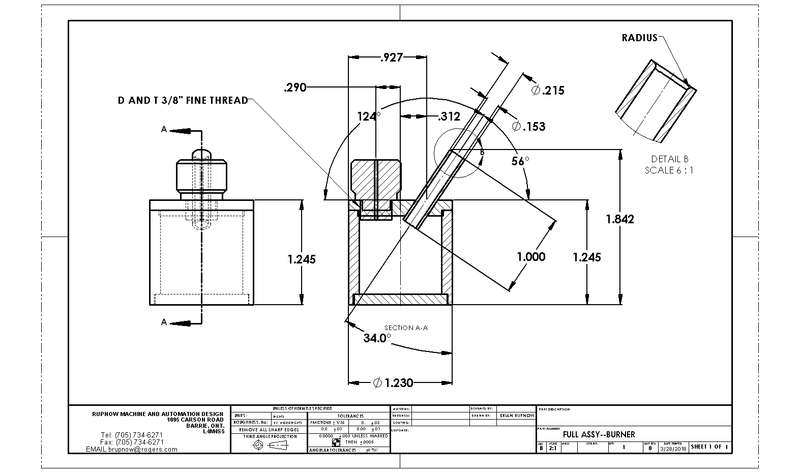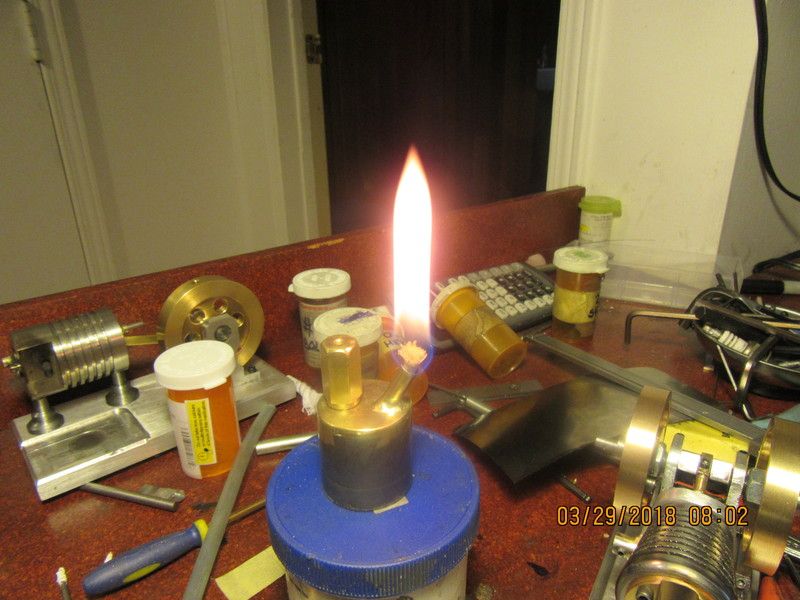el gringo
Well-Known Member
- Joined
- Aug 30, 2010
- Messages
- 333
- Reaction score
- 175
I saw one running (somewhere on this forum) with the two head design and it seemed to do well. I wonder if a thicker valve leaf could be used as well.
On the subject of the Senft cylinder head; I found mine to be leaking.
My 'test' method was to hold a finger on the port as checking the piston fit.
When the piston was pushed toward tdc it slowly crept forward due to losing compression (which it did not do during the same 'test' by covering the end of the cylinder without the head installed) . When tested with the cylinder head under water the leak was obvious.
My fix was Loctite # 518 'gasket eliminator' for aluminum flanges. It is not an adhesive and is easily removable. I have been using it out of the same container for ~ 15 years...some shelf life
Ray M
On the subject of the Senft cylinder head; I found mine to be leaking.
My 'test' method was to hold a finger on the port as checking the piston fit.
When the piston was pushed toward tdc it slowly crept forward due to losing compression (which it did not do during the same 'test' by covering the end of the cylinder without the head installed) . When tested with the cylinder head under water the leak was obvious.
My fix was Loctite # 518 'gasket eliminator' for aluminum flanges. It is not an adhesive and is easily removable. I have been using it out of the same container for ~ 15 years...some shelf life
Ray M
















![DreamPlan Home Design and Landscaping Software Free for Windows [PC Download]](https://m.media-amazon.com/images/I/51kvZH2dVLL._SL500_.jpg)












































![MeshMagic 3D Free 3D Modeling Software [Download]](https://m.media-amazon.com/images/I/B1U+p8ewjGS._SL500_.png)





